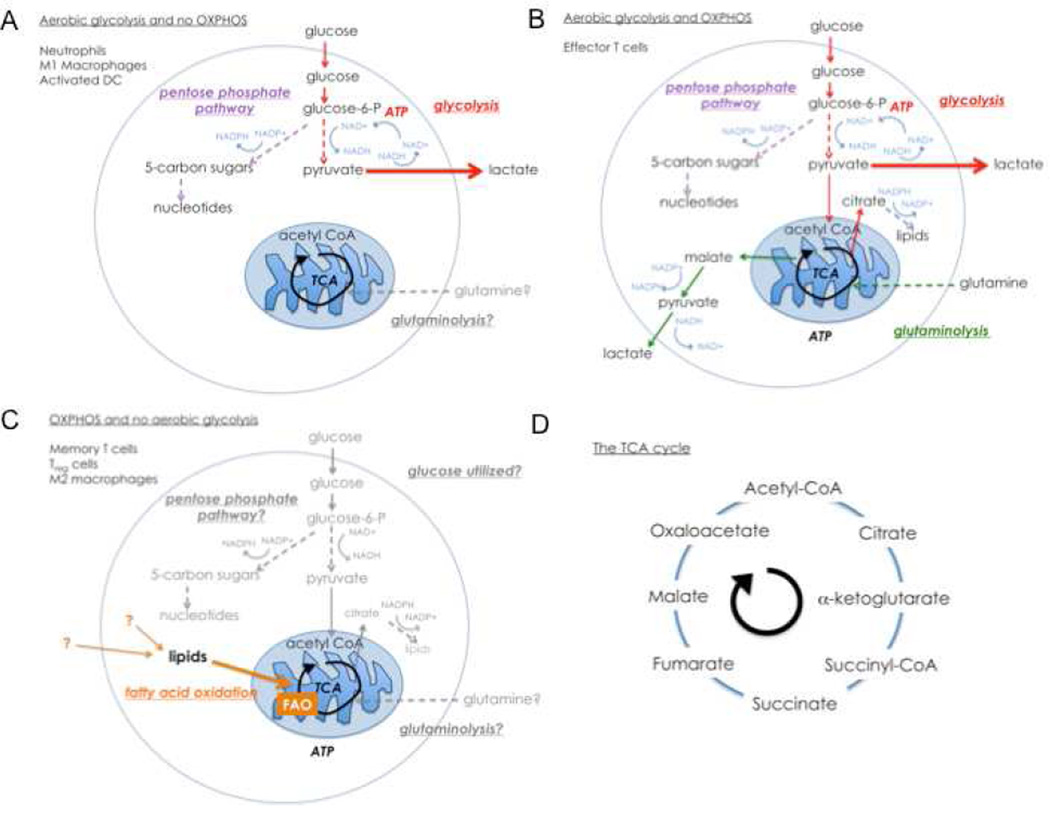Figure 1. Cell fate and function in the immune system is supported by engagement of metabolic pathways.
In this diagram colored arrows represent pathways that have been shown to be used in the cell types indicated, grey arrows indicate pathways that might be used, but have yet to be clearly defined, and dashed arrows indicate multiple steps shown in a single arrow. A. In activated neutrophils, M1 macrophages and iNOS expressing DCs stimulated with TLR agonists, Warburg metabolism dominates. ATP production and cellular survival are dependent on glycolysis, with the majority of pyruvate being converted to lactate. In this pro-glycolytic state, the PPP is active and provides NADPH for key microbicidal pathways regulated by NADPH oxidase. Under these conditions, there is little evidence for OXPHOS, but maintenance of mitochondrial potential and integrity are needed to maintain cell survival. B. Activated T cells engage OXPHOS and glycolysis. Most pyruvate is excreted as lactate, but some also enters the TCA cycle. Glutaminolysis is an important pathway in these cells as glutamine replenishes TCA cycle intermediates as they are withdrawn for biosynthesis. Metabolizing glucose in the PPP can yield both nucleotides and NADPH for lipid synthesis. C. Memory T cells, Treg cells, and alternatively activated macrophages use FAO for survival and to support function. Other pathways are depicted in grey as the extent to which they are used in these cells, if at all, has not been established. D. Overview of the TCA cycle.

